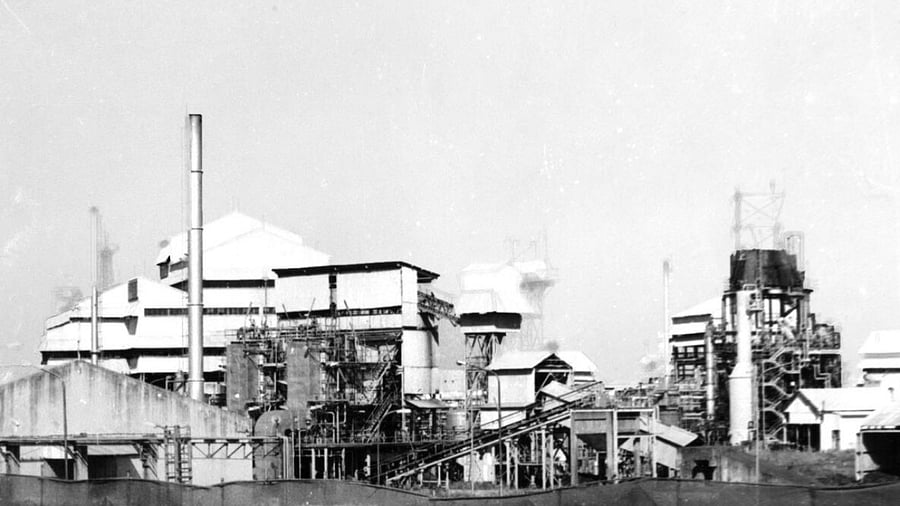
Nearly four decades after the Bhopal gas disaster, scientists on Tuesday reported that men who were in the womb at the time of the killer gas leak had much higher risk of cancer and disability. And the geographic area of the adverse health effects was much bigger than assumed.
The results suggest that the world's worst industrial disaster has adversely impacted people staying as far as 100 km from the gas leak site in contrast to only a 4.5 km radius considered as the geographic area of exposure until now.
The researchers have found that men born in 1985 and staying within 100 km of the leak site since that fateful night had a 27-fold higher risk of cancer even after three decades. Such men were also more likely to suffer disabilities that hampered their educational and employment capacities.
For men born within 100 km of Bhopal, there is an eight-fold higher cancer risk, says the study, presenting new evidence for long-term and inter-generational effects. But no significant trend was seen with women born to gas exposed mothers.
This finding is consistent with male fetuses being more affected by external stressors, say the researchers.
The December 1984 disaster happened when poisonous methyl isocyanate gas leaked out from a Union Carbide pesticide plant in Bhopal. The toxic gas enveloped vast areas around the plant, exposing more than half a million people and resulting in up to 30,000 deaths.
But medical studies in Bhopal have shown that tens of thousands of survivors have suffered from respiratory, neurological, and endocrinological disorders, among other chronic health consequences.
Such impacts, experts say, may be the tip of the iceberg as the toxin contaminated the groundwater and reproductive health of women exposed to the gas.
Researchers from University of California, San Diego decided to probe the extent of harm to unborn children whose mothers inhaled the toxic gas. They examined an area far larger – 100 km from the site – than previously studied and also checked how the health consequences impacted them socially.
They drew on health and education data from the National Family Health Survey-4 (47,817 people born between 1960 and 1990 and living in Madhya Pradesh in 2015) and the 1999 Indian Socio-Economic Survey (13,369 people in Madhya Pradesh) to estimate the health effects of the gas leak among 15-49 year old and their children (1260) born between 1981 and 1985.
The study found that more than 30 years later, men who had never moved had a 27-fold higher risk of cancer and two years of less education than adults born before or after the disaster and who lived further away.
“This is a large impact since the average number of years of education in the control group is only 5.6 years, and because education has such a direct association with subsequent wages and consumption,” the researchers reported in BMJ Open Access.
The sex ratio of births in 1985 also changed among children born up to 100 km away from the incident, suggesting that the effects of the disaster may have been more widespread than previously thought.
The researchers say their study shows that the social costs stemming from the Bhopal gas disaster have extended far beyond the mortality and morbidity experienced in the immediate aftermath.
“Moreover, our results suggest that the Bhopal gas disaster affected people across a substantially more widespread area than has previously been demonstrated," they said in a statement.

